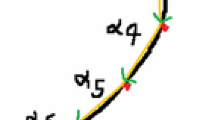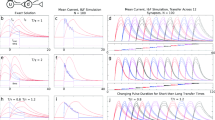Abstract.
Most of current neural network architectures are not suited to recognize a pattern at various displaced positions. This lack seems due to the prevailing neuron model which reduces a neuron's information transmission to its firing rate. With this information code, a neuronal assembly cannot distinguish between different combinations of its entities and therefore fails to represent the fine structure within a pattern. In our approach, the main idea of the correlation theory is accepted that spatial relationships in a pattern should be coded by temporal relations in the timing of action potentials. However, we do not assume that synchronized spikes are a sign for strong synapses between the neurons concerned. Instead, the synchronization of Synfire chains can be exploited to produce the relevant timing relationships between the neuronal signals. Therefore, we do not require fast synaptic plasticity to account for the precise timing of action potentials. In order to illustrate this claim, we propose a model for translation-invariant pattern recognition which does not depend on any changes in synaptic efficacies.
Similar content being viewed by others
Author information
Authors and Affiliations
Additional information
Received: 14 June 1998 / Accepted in revised form: 9 January 1999
Rights and permissions
About this article
Cite this article
Arnoldi, HM., Englmeier, KH. & Brauer, W. Translation-invariant pattern recognition based on Synfire chains. Biol Cybern 80, 433–447 (1999). https://doi.org/10.1007/s004220050537
Issue Date:
DOI: https://doi.org/10.1007/s004220050537




